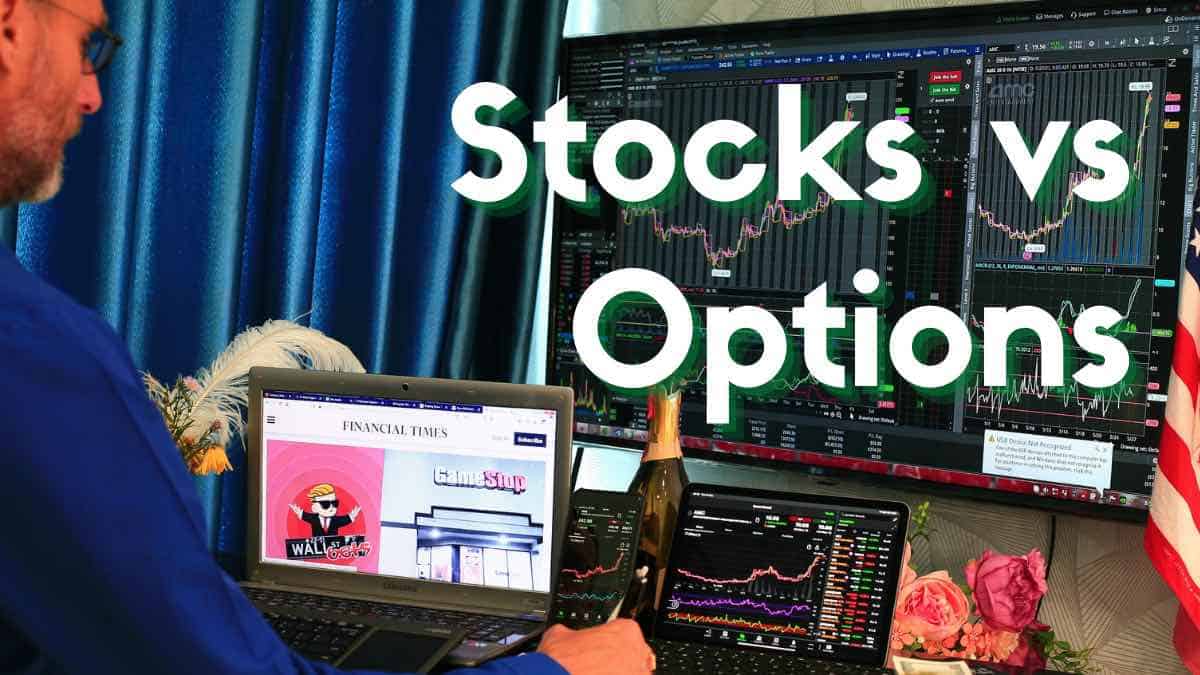How To Sell Weekly or Monthly Put Options for Income – For Beginners
Are you thinking of selling put options to make some additional weekly or monthly income? If so, you came to the right place. In this article, I’m going to cover what put options are, how they work, offer some analogies, and finally, real examples. By the end of the guide, you’ll be ready to start … Read more





